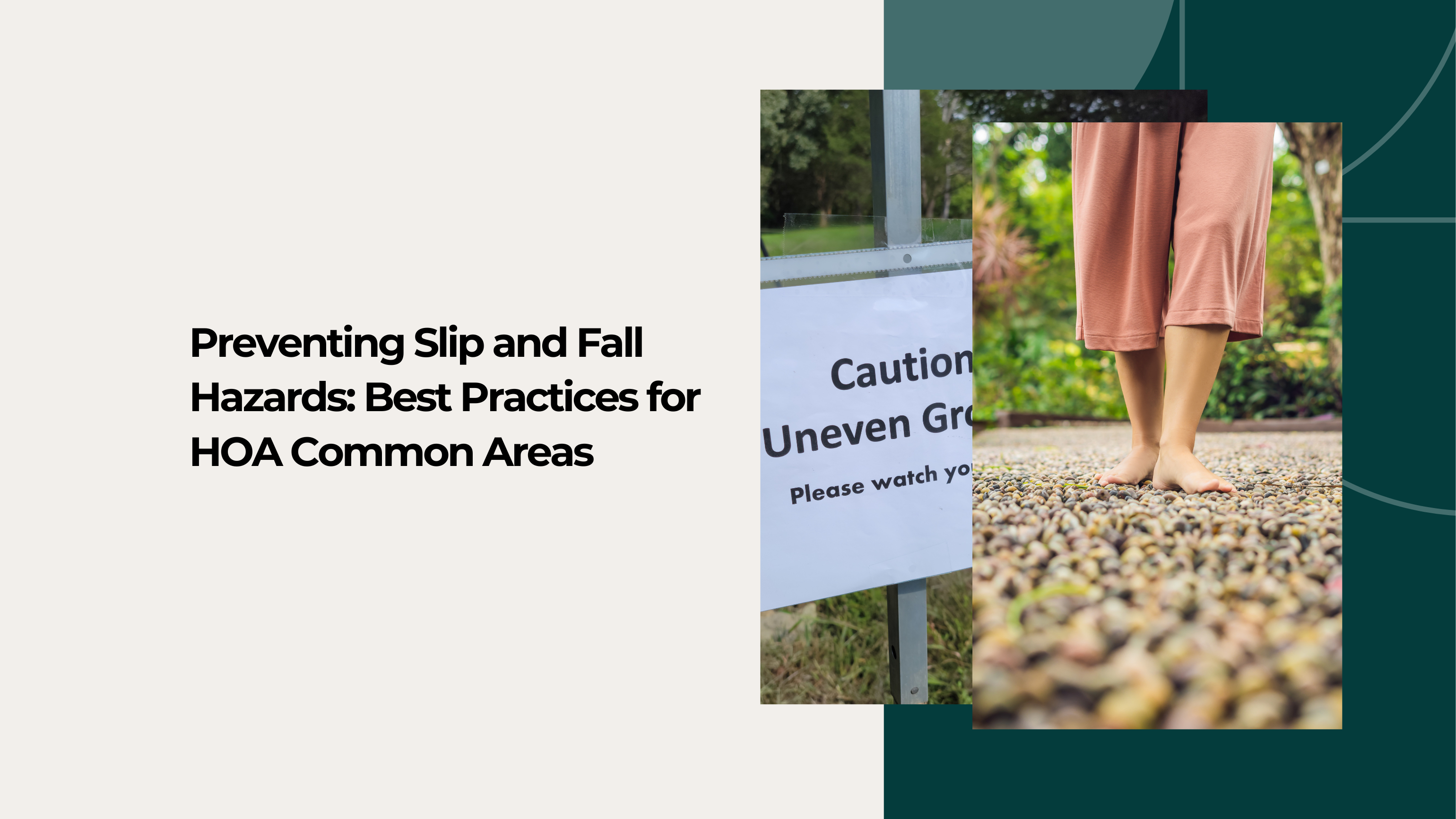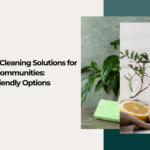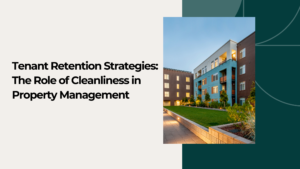
Slip and fall accidents can happen anywhere, but in HOA common areas where residents and visitors frequently traverse, preventing such incidents is paramount. Not only do slip and fall accidents pose a risk to safety, but they can also result in costly liabilities for homeowners’ associations (HOAs) and property managers. In this blog post, we’ll explore the best practices for identifying and mitigating slip and fall hazards in HOA common areas, ensuring a safer environment for all.
Identifying Potential Hazards: The first step in preventing slip and fall accidents is to identify potential hazards within HOA common areas.
These hazards can include:
- Uneven or cracked pavement or sidewalks
- Wet or slippery surfaces due to rain, snow, or spills
- Insufficient lighting in walkways and parking lots
- Loose or damaged handrails on stairs and ramps
- Debris or obstacles obstructing pathways
Implementing Best Practices:
Once potential hazards are identified, HOAs and property managers can take proactive measures to minimize the risk of slip and fall accidents:
-
Regular Inspections: Conduct routine inspections of all common areas, paying close attention to high-traffic areas such as sidewalks, entryways, and recreational facilities. Address any hazards promptly.
-
Proper Lighting: Ensure adequate lighting in all common areas, especially during evening hours. Well-lit pathways and parking lots can help residents and visitors navigate safely.
-
Prompt Maintenance: Repair any damaged or uneven surfaces promptly. Cracked pavement, loose tiles, or torn carpeting should be fixed to prevent tripping hazards.
-
Slip-Resistant Surfaces: Consider using slip-resistant materials for flooring in common areas, especially in areas prone to moisture or spills. Mats or rugs with non-slip backing can also be placed in entryways to absorb moisture.
-
Clear Signage: Install signage indicating wet floors, uneven surfaces, or areas under maintenance. Clear communication can alert residents and visitors to potential hazards and encourage caution.
-
Snow and Ice Removal: During winter months, prioritize snow and ice removal from sidewalks, driveways, and parking lots. Use ice melt or sand to improve traction and prevent slippery surfaces.
-
Educate Residents: Raise awareness among residents about the importance of reporting hazards promptly. Encourage them to notify management of any potential safety concerns they encounter in common areas.
Conclusion: Preventing slip and fall accidents in HOA common areas requires proactive measures and a commitment to safety from both HOAs and residents. By identifying potential hazards, implementing best practices, and fostering a culture of safety, communities can create a safer environment for everyone. Prioritizing these efforts not only reduces the risk of accidents but also contributes to the overall well-being and satisfaction of residents. Let’s work together to safeguard our community and ensure a safer, more enjoyable living environment for all.






